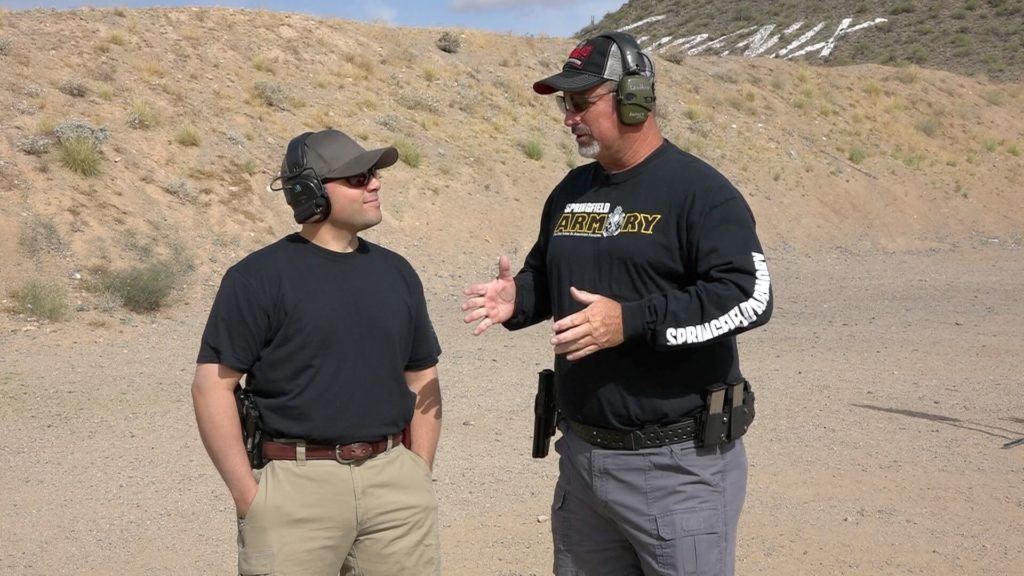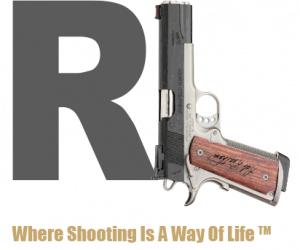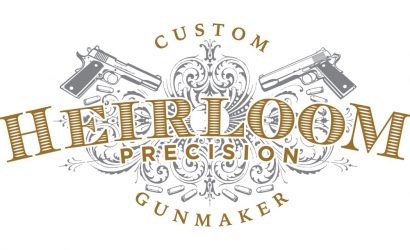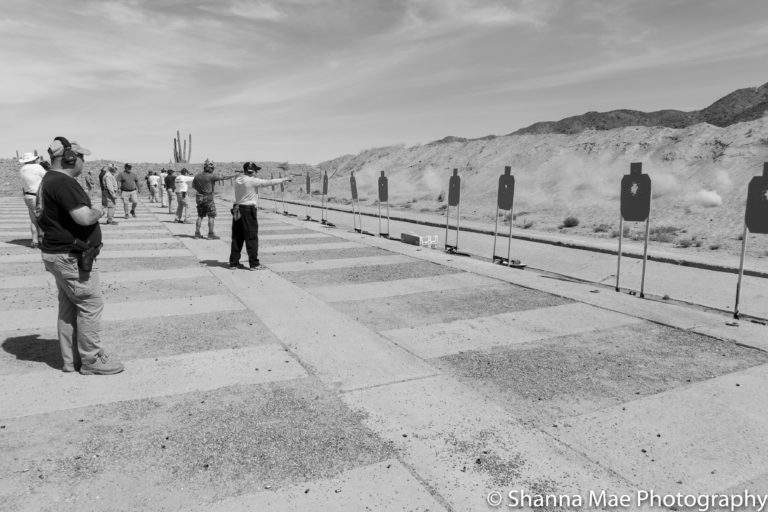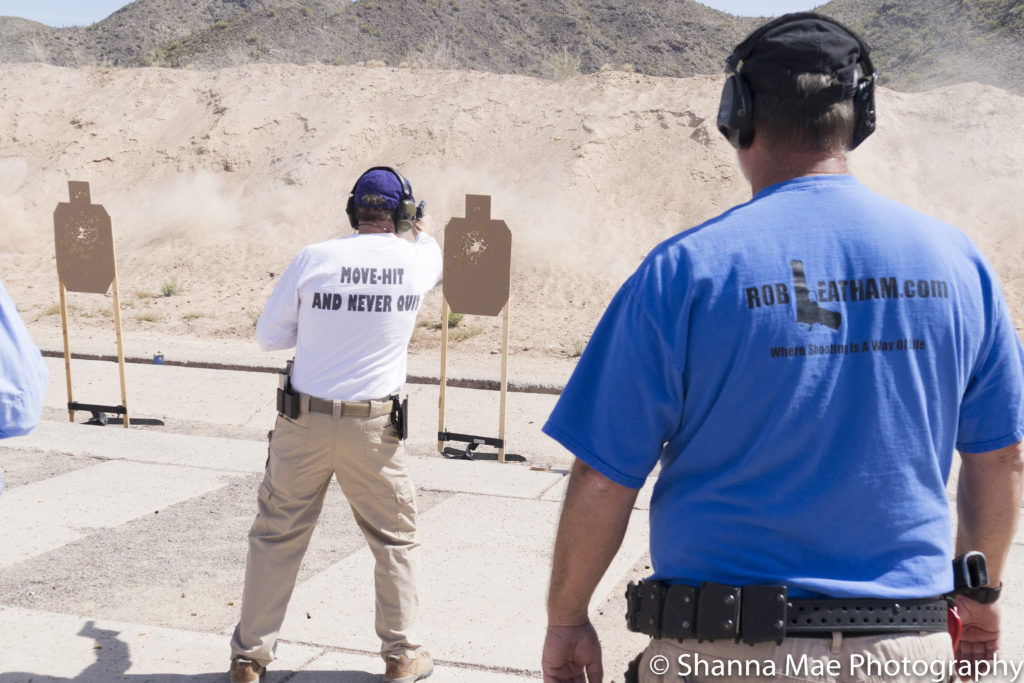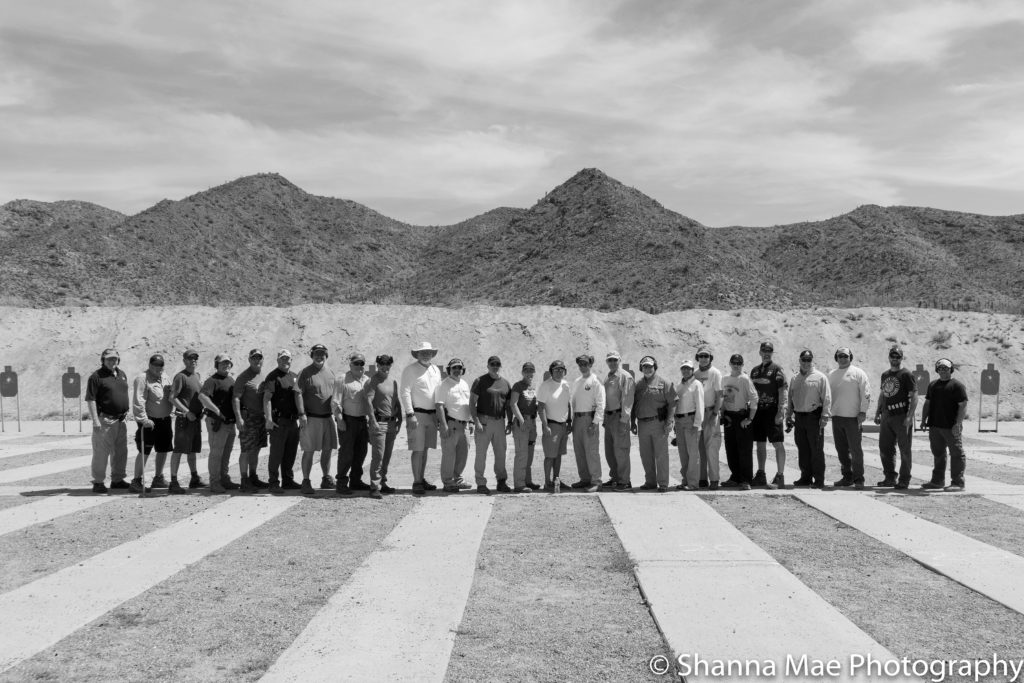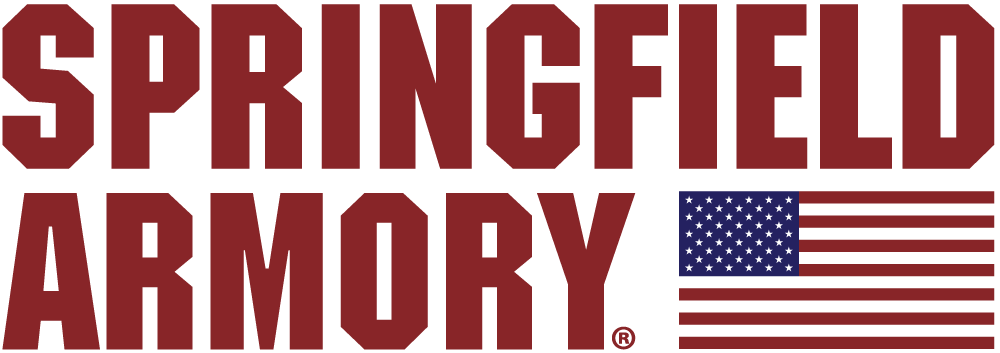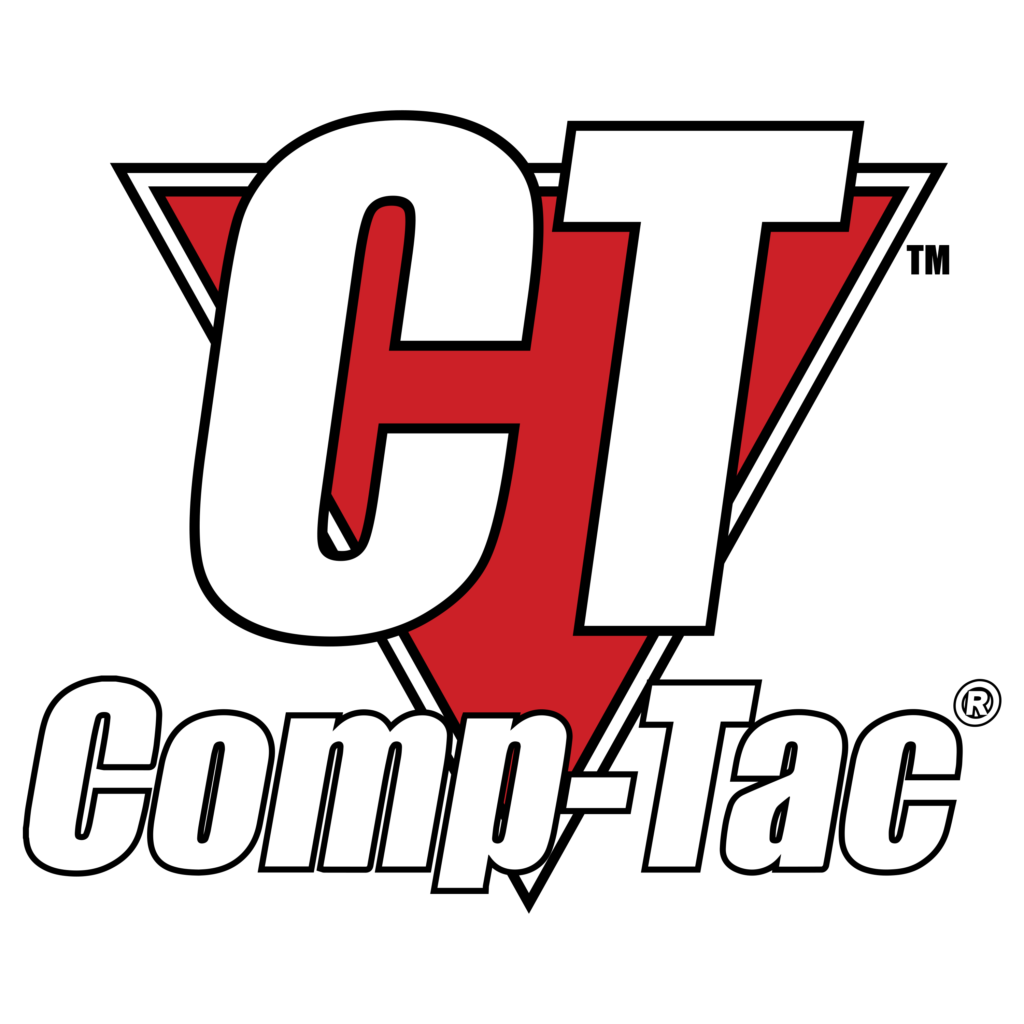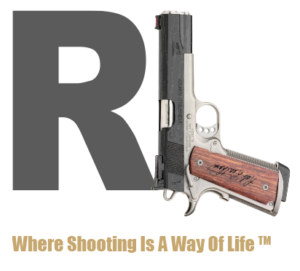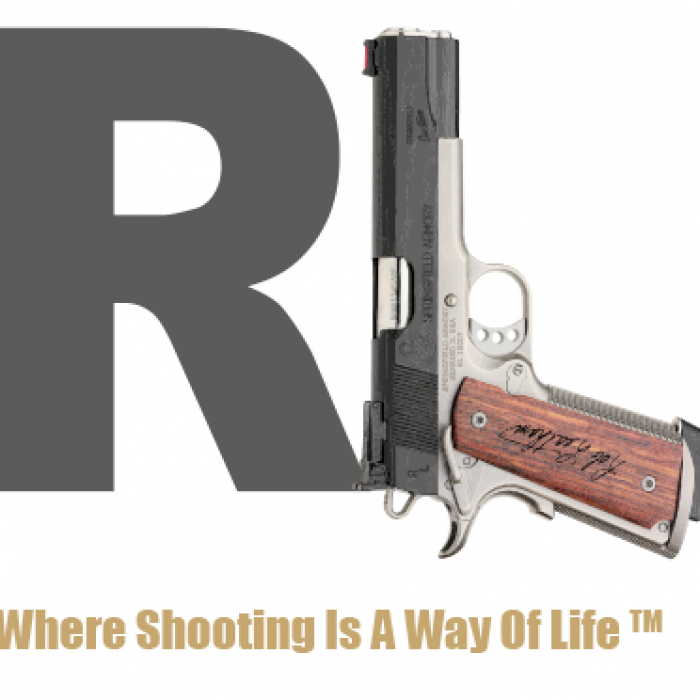C L A S S
D A T E S
No classes currently scheduled.
Subscribe to Rob's E-mail updates to be informed of new dates!
DATES: TBA
TIME: 0800 to 1700 each day
Please plan to arrive the day before class.
Please don't plan to depart until after 1700 on day 3.
Please plan to arrive the day before class.
Please don't plan to depart until after 1700 on day 3.
L O C A T I O N
Casa Grande, AZ.
LOCATIONS:
Range Location:
Casa Grande Police Dept. Range
2766 S. Isom Rd.
Casa Grande, AZ 85122
Classroom Location: TBA
Casa Grande Police Dept. Range
2766 S. Isom Rd.
Casa Grande, AZ 85122
Classroom Location: TBA
S C H E D U L E
3-Day Class
SCHEDULE:
Day 1 & 2:
Range Time – 4 hours - Clients begin their journey, with focus on 1911 performance shooting.
Classroom Time – Following lunch break, we move to the classroom for a presentation covering the operational theory and functional details of the 1911.
Day 3:
A full day of shooting allows the clients to apply and further advance the techniques covered on day 1 & 2.
Classroom Time – Following lunch break, we move to the classroom for a presentation covering the operational theory and functional details of the 1911.
Day 3:
A full day of shooting allows the clients to apply and further advance the techniques covered on day 1 & 2.

